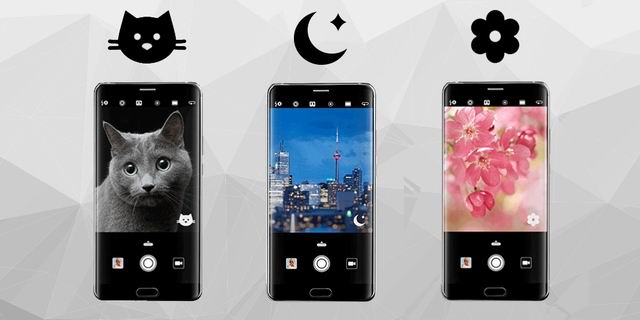Intelligent smartphones are no longer simply something to look forward to in the future. As Huawei unveils the Kirin 970, the new smartphone SoC (system on chip) which combines an 8-core CPU, a new generation 12-core GPU, and a dedicated Neural Processing Unit (NPU) to power AI computing, a significantly better user experience is now an imminent reality. As we sit on the cusp of an exciting new era of smartphones, the result is a device that can understand and predict the needs of their users, providing them with relevant information and services based on that understanding.

Huawei’s NPU, embedded in the Kirin 970 chipset, will focus on artificial intelligence tasks linked to the cloud and on the device for real-time calculations from end to end. By utilizing the benefits for both Cloud-AI and On-Device AI, Huawei will deliver truly personalized and readily accessible services on the HUAWEI Mate 10 device.
The benefits of the Kirin 970 NPU (on-device AI) are multifold and are set to change the trajectory of smartphone technology for years to come. The soon-to-be-released HUAWEI Mate 10 will function at a much higher speed with faster responses because it is no longer necessary to upload data from the device into the cloud, then do the computing, and then send it back into the device. The NPU also makes the device more secure with higher user privacy as the computing is done on a local device, which means there is no need to upload data to the server. The power and battery consumption of the NPU is also much lower compared to cloud-based AI which featured a big calculating system, ensuring a far more reliability and efficiency for users of the latest Mate series device.

Most importantly, the performance of the Kirin 970 NPU is unparalleled with 25 times that of a CPU (Central Processing Unit) and with 50 times the efficiency of a CPU. In a benchmark image recognition test, the NPU allows the Kirin 970 to process 2,000 images per minute, considerably more than other chips with similar capabilities.




